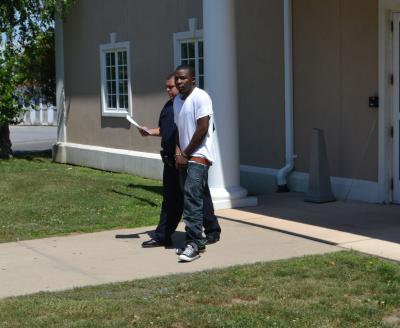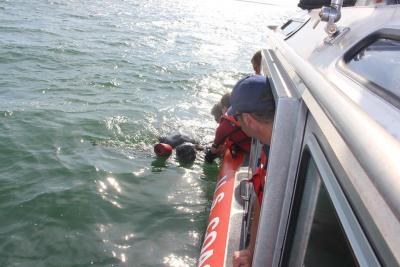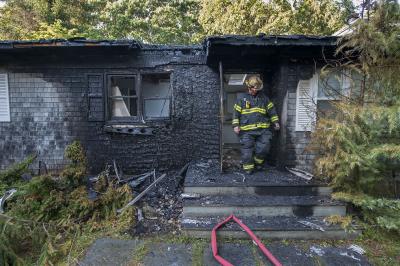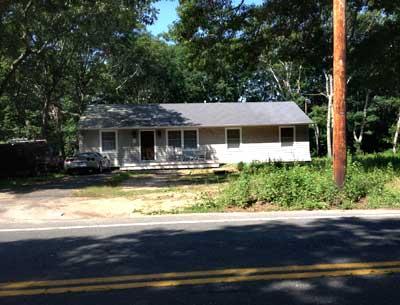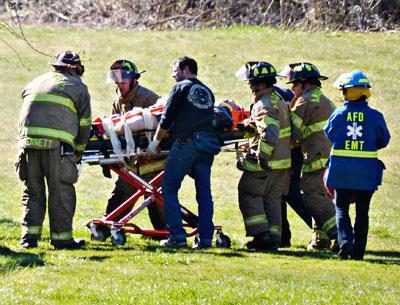Drug Bust on Hampton Jitney
Drug Bust on Hampton Jitney
Southampton Town police arrested a Manhattan real estate developer Wednesday at the eastbound Hampton Jitney stop in Bridgehampton after he picked up a package sent from New York.
Barton Mark Perlbinder, 71, who also lives in Sagaponack, was charged with felony possession of prescriptive drugs, illegal on the open market. The package contained quantities of Xanax, Oxycodone pills, and cocaine, according to the police report.
Agents of the Suffolk District Attorney's East End Drug Task Force alerted the Southampton force to the presence of the package, police said. A Southampton Town officer boarded the bus when it reached its Southampton stop at the Jitney's Omni headquarters; other officers were deployed at the Bridgehampton stop, where the pickup was scheduled.
Mr. Perlbinder, 71, was charged with felony possession of a controlled substance and two related misdemeanors.

